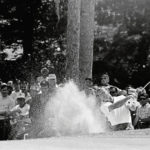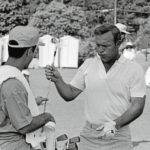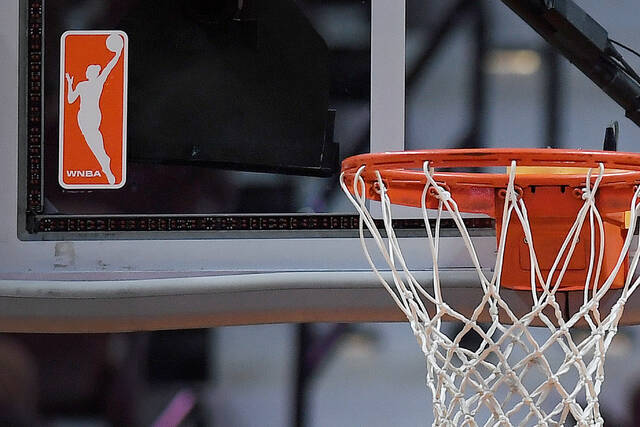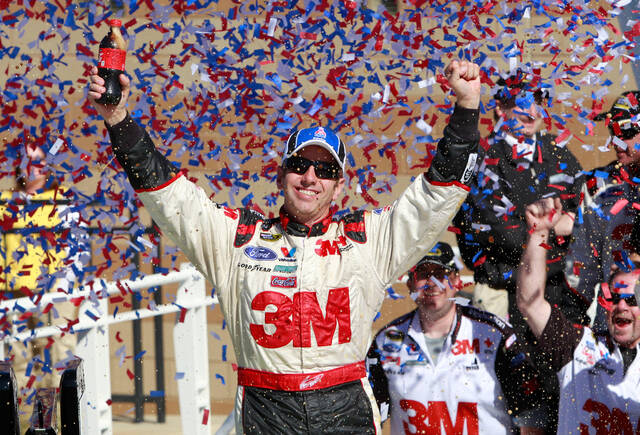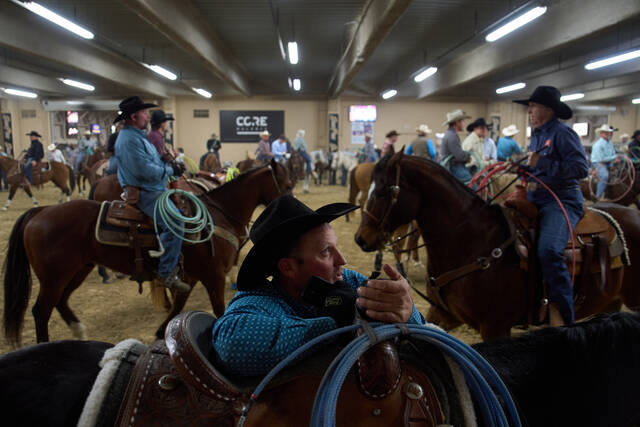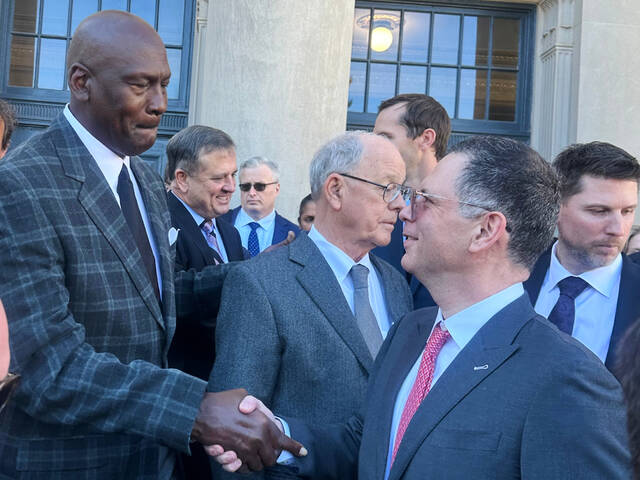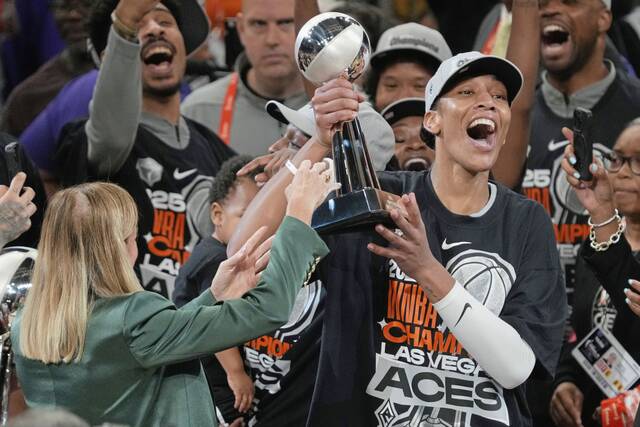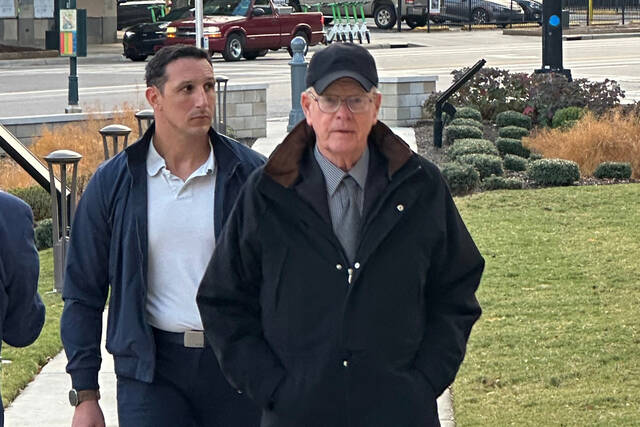The year 1969 was known for many epic events.
• Man first walked on the moon.
• A half-million people descended upon a dairy farm in Bethel, N.Y., to celebrate music at Woodstock.
• The Amazin’ Mets turned the baseball world upside down by beating the Baltimore Orioles in the World Series.
• And the USGA forced Arnold Palmer to qualify for the U.S. Open.
On June 9, 1969, with temperatures unseasonably in the 40s and rain in the air at Youghiogheny Country Club in Elizabeth, Palmer survived a 36-hole sectional qualifier with touring and local pros to grab one of eight spots in the U.S. Open at The Champions Club in Houston, Texas.
To remember the event, local author David L. Snyder and club member Frank C. “Bud” Steffan will serve as hosts Saturday night for a small, private ceremony to commemorate the 50th anniversary of Palmer’s qualifying.
Unpopular decision
The decision to make Palmer qualify rather than receiving a special exemption was not popular in the golf world.
Palmer was golf’s driving figure, and many thought he should have been granted a special exemption such as the USGA gave Ben Hogan in 1966.
But Hogan was 53 and all but retired at the time. Palmer, 39, was still a great player in 1969.
“If the ruling body says this is the right way, who am I to protest?” Palmer, who died in 2016, told SI’s Curry Kirkpatrick that day.
“These are the rules. If I was running the USGA and you asked me if I would make a man of my position qualify, I’d say no. But if qualifying is the desire of the officials, I must abide by it.”
Palmer’s longtime press secretary Doc Giffin said, “It was his nature. He wasn’t one to make a big issue out of things.”
Amazingly, Palmer failed to attain any of the USGA’s six automatic exemptions.
The Latrobe native had not:
• Won the U.S. Open in the past five years. His only Open victory was in 1960 in Cherry Hills in Englewood, Colo.
• Won the PGA in the past five years. He tied for second in 1964, ’68 and ’70.
• Won the previous year’s U.S. Amateur or British Open. He won back-to-back British Opens, but in 1961 and ’62.
• Ranked among the top 15 in the previous U.S. Open.
• Ranked among the top 15 PGA money winners that year. He was 15th until Frank Beard passed him at the Byron Nelson Classic, the final tournament before the deadline.
In any event, with Giffin ensuring the national media knew how to pronounce and spell Youghiogheny, Palmer won with a 70-68—138. In 36 holes, he carded only one bogey and finished one stroke ahead of Tarentum’s Andy Borkovich, who is a former head professional at Brackenridge Heights C.C.
Others who qualified included: Great Britain’s Tony Jacklin (142), Gallitzin’s John Felus (144), New Castle’s Harry Toscano, Elizabeth’s Norman Rack, Verona’s Henry Johnson Jr. and Coraopolis’ Chuck Scally (145).
Toscano played through the pain of a broken wrist that had been hit by an errant shot two months earlier at the Greater Greensboro Open.
When Rack played a practice round with Palmer before the qualifier, he used a 2-iron on No. 14, a 508-yard, par-5. He said Palmer told him, “If you want to keep up with the pros on the tour, you have to hit a driver.”
“I used a driver and made birdie, believe it or not,” Rack said. “I have Arnie to thank for it.”
Jacklin qualifies
Next to Palmer, Jacklin was the biggest name. How did Jacklin, who won the British Open a month later and the U.S. Open a year later, end up at Youghiogheny?
He was represented by IMG, the international sports agency co-founded by Palmer.
“They told me to go there with Arnold,” Jacklin told Snyder. “I just went where I was instructed. They felt it was the best chance for me to qualify and wanted me to be with Arnold.”
Jacklin later told Snyder, “That was the hilliest golf course I ever played in my entire life. I was a young man (24), and I thought I was in pretty good shape. But we had to play 36 holes that day.
“Towards the end, the course was starting to wear on me, and I was getting tired. Walking up the steep elevation change on 18 from the fairway to the green, my legs were killing me, or as we Brits like to say, ‘My dogs were barking.’ ”
When told local youth liked to toboggan that fairway in the winter, Jacklin said, “Well then, you certainly must have had quite a speedy ride.”
Snyder was in attendance that day, accompanied by his neighbor, Joe Dudek, a local welterweight boxer of the day. They paid $2 each to be among the crowd of 4,500, most of them following Palmer and almost no one following the etiquette normally required of golf galleries.
“It was insane,” Snyder said. “It was such chaos. When somebody would hit a golf shot, they would run to the next hole, trampling the fairways.”
Palmer intensely disliked the disturbances, worried the crowd wasn’t respecting the other golfers, especially his playing partner Lew Worsham.
“Arnie had to hold his arms up to admonish the crowd,” Snyder said.
Finally, Dudek got tired of bumping into people, and they left the Palmer gallery to follow Jacklin.
Caddy for a day
Dave Kutchak’s life changed a little that day as well.
The 1970 McKeesport graduate was Palmer’s caddy, selected at random from a group that included Youghiogheny’s best.
“I was very excited,” said Kutchak, who now lives in Orlando, Fla. “I had to ask permission to have the day off from school.”
Kutchak’s parents, Nick and Julie, drove him to the course where Julie struck up a friendship with Palmer’s wife, Winnie.
“They hit it off right away. Hung out all day,” Kutchak said. “Later, when my dad and I went to Oakmont (Country Club), my mom tagged along and she hooked up with Winnie again, and they were reminiscing.”
Kutchak said caddying for Palmer was “intimidating at first.”
After hitting off the tee at No. 11 — a 360-yard, par-4 — Palmer asked Kutchak the distance to the hole.
“You have 90 yards,” Kutchak answered.
Palmer hit his next shot 3 feet from the hole, but he marched off the distance and found it to be 85 yards.
“He kind of looked at me,” Kutchak said. “That kind of shook me up.
“Other than that, he was great the whole way around, a very congenial gentleman.”
At the end of the day, Palmer handed Kutchak a $100 bill. He was thrilled. Golfers of lesser stature tipped him about $3 a bag.
Three days later, the U.S. Open began at Champions Golf Club in Houston. Jacklin rode to Houston in Palmer’s private jet.
Serendipitously, the Pirates were playing in the Astrodome that week, and Bob Prince invited several of the local guys to sit in the broadcast booth.
“Clemente hit a home run,” Rack said. “(Prince) had a screwdriver, and every other word was a swear word until he got on camera. Then, he was the straightest, the best I ever heard.”
Moody wins
At Champions, only Palmer and Jacklin among the eight qualifiers made the cut.
Orville Moody won with a 1-over-par 281 and pocketed a check for $30,000. Palmer finished three back in a tie for sixth with Miller Barber and Bruce Crampton. They earned $5,000. Jacklin, in a six-way tie for 25th in a group that included Jack Nicklaus, won $1,500.
By that time, the furor over Palmer needing to qualify had simmered.
But some won’t forget it.
Said Toscano, “I learned in life and in golf, it’s, ‘Whose ball is it?’ ”




